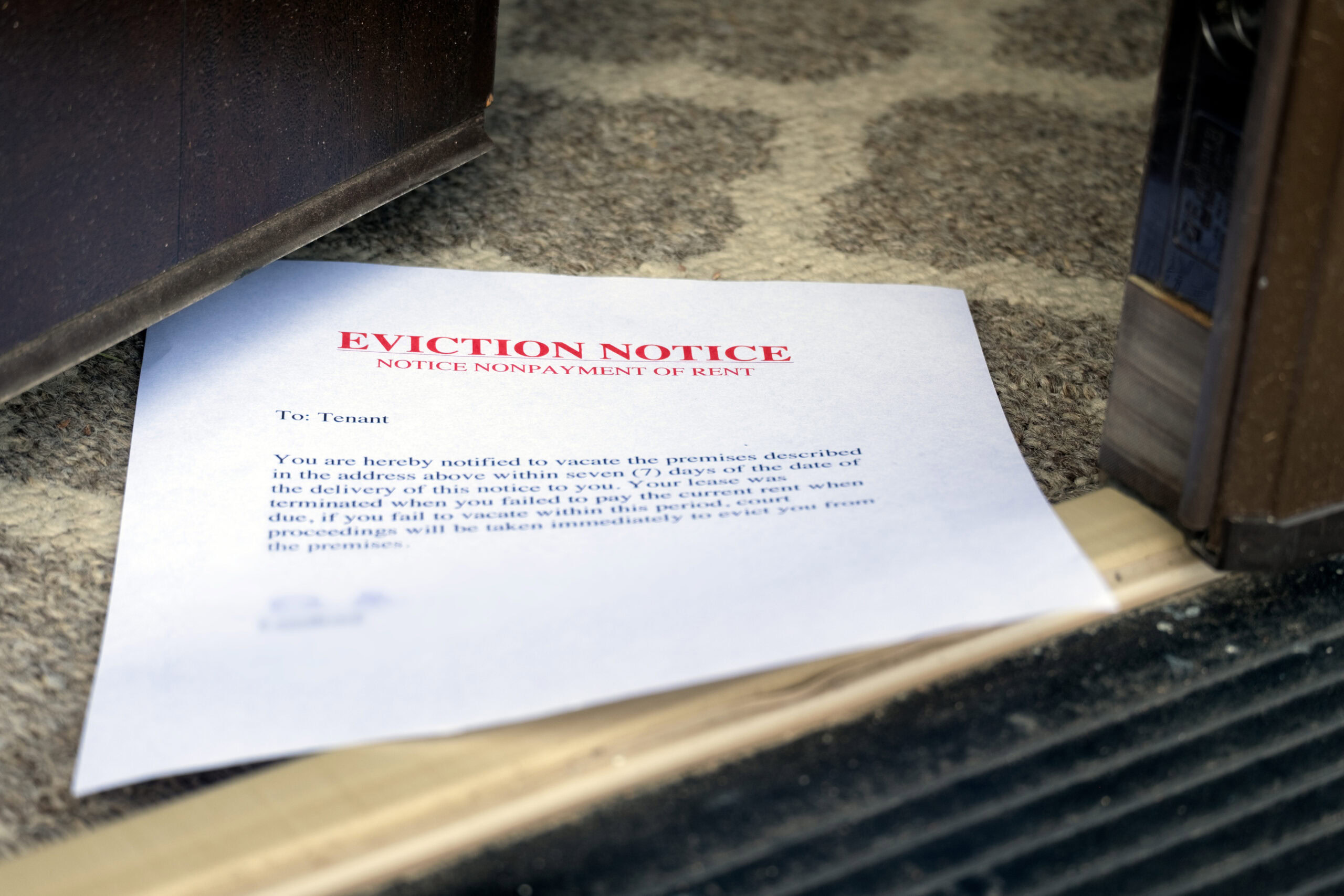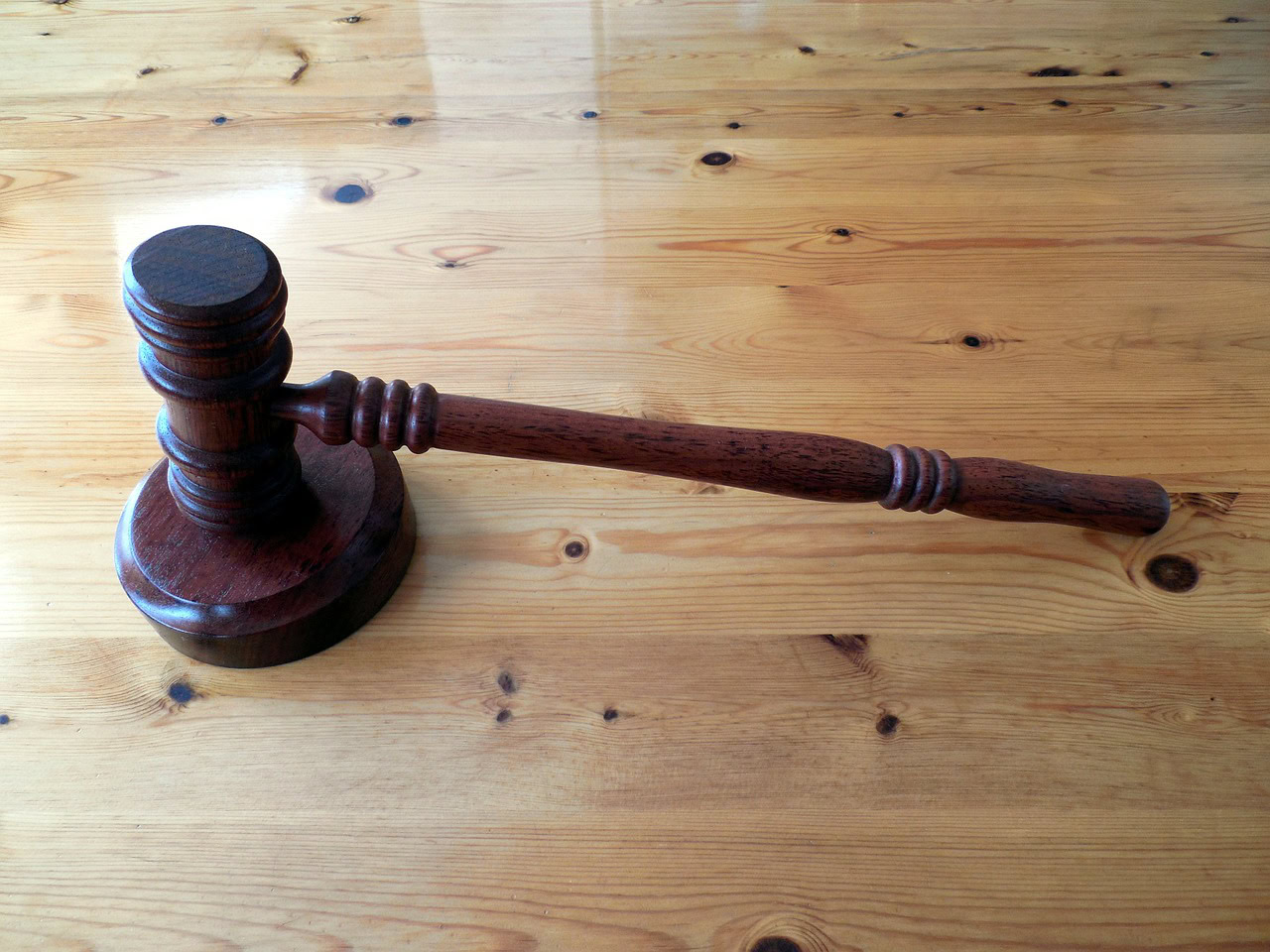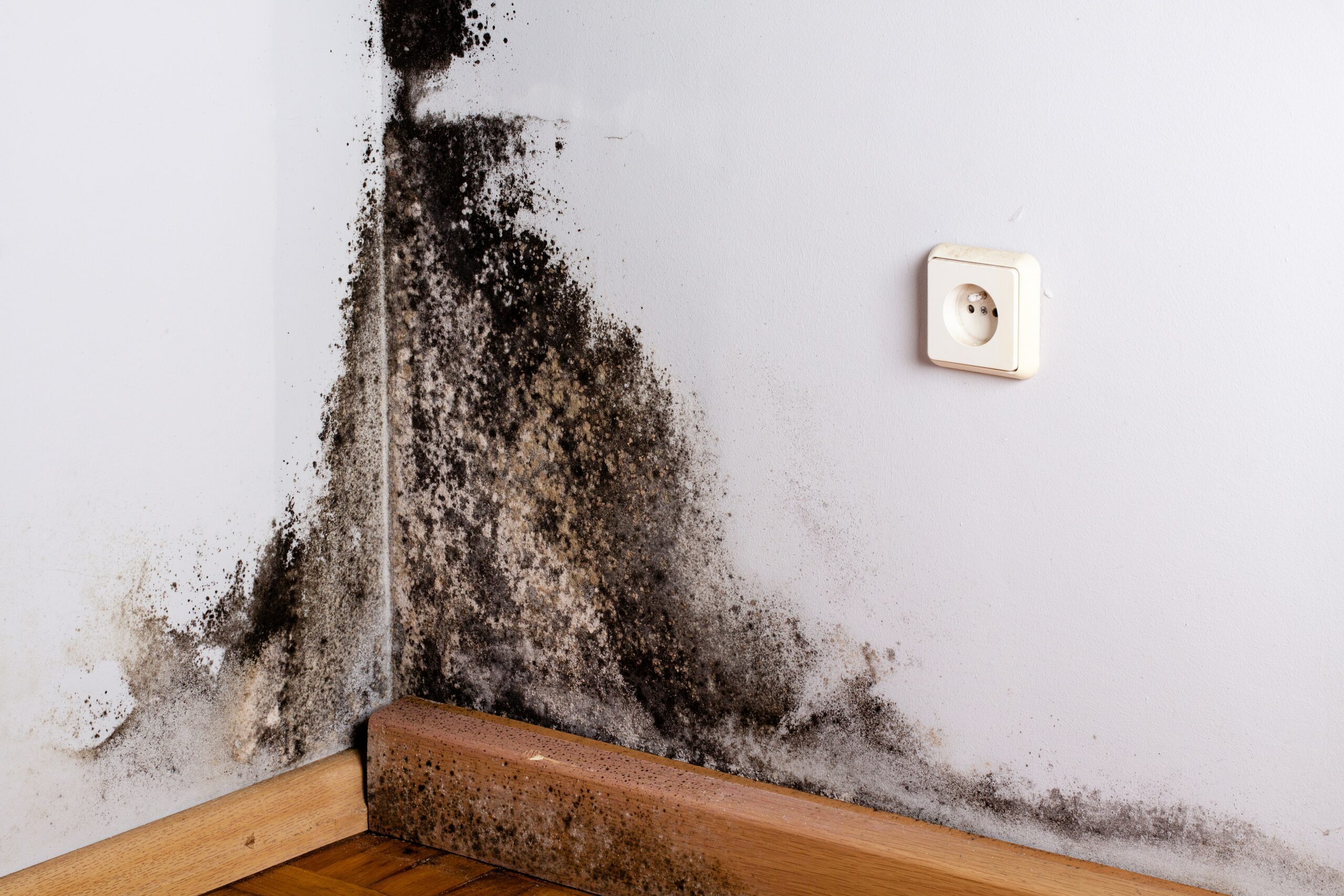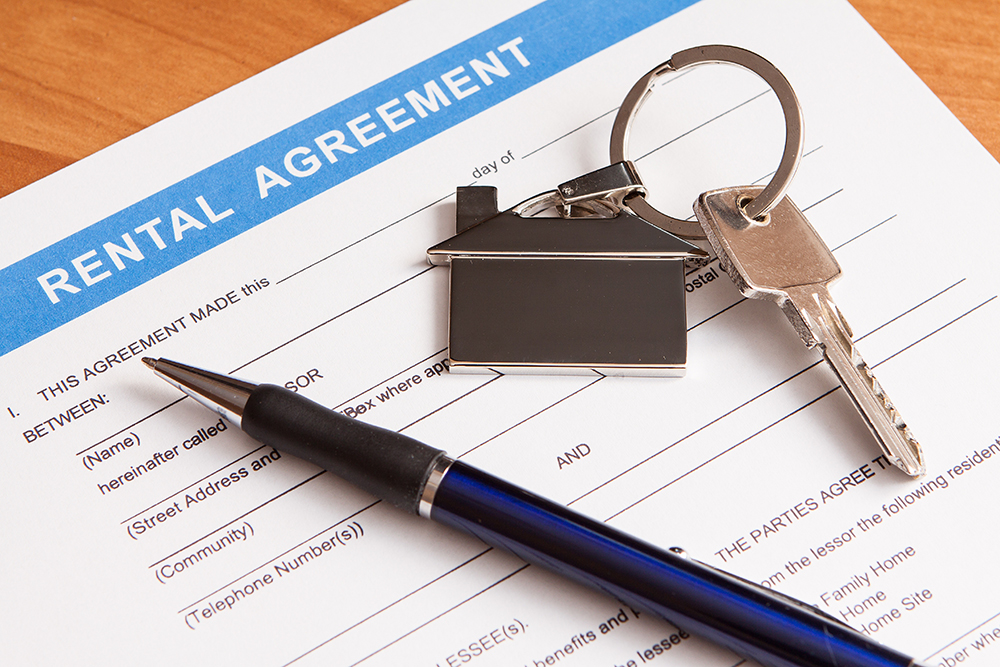- Wear and tear defined
- What constitutes wear and tear?
- What isn’t wear and tear?
- How do I minimise wear and tear?
- Can an inventory help me?
- Wear and tear examples
Many landlords are keen to understand the distinction between damage to their properties and normal wear and tear. It’s important because most landlord insurance policies will cover you against malicious damage, but not wear and tear. In this article we look at what constitutes wear and tear and share some tips for keeping it to a minimum.
Wear and tear defined
The House of Lords has defined wear and tear as ‘Reasonable use of the premises by the Tenant and the ordinary operation of natural forces.’
The tricky part is defining what constitutes ‘reasonable use’. This can depend on a number of factors, such as the type of property and kind of tenant.
For example, the amount of wear and tear can depend on:
- Length of tenancy – the longer your tenants live in your property, the more natural wear and tear will happen.
- Condition of the property – what was the property like before your tenants moved in? Was there a new kitchen or bathroom, or were the fixtures and fittings in need of an upgrade?
- Number and circumstances of tenants – more occupants lead to more wear and tear, especially in communal areas. You’d also expect a family with young children to cause more wear and tear than a single tenant or an elderly couple.
What constitutes wear and tear?
Wear and tear is gradual damage that occurs in all properties over time. Things like faded or chipped paint, worn carpets, and scuff marks are to be expected with occupation. Very few of us have pristine paintwork and carpets after a couple of years.
You wouldn’t expect to get a property back in the same condition it was at the start of a tenancy. If the damage or wear is of the type to be expected through normal enjoyment of the property, then it’s not something you can deduct the cost of from the tenant’s deposit.
What isn’t wear and tear?
Any damage caused on purpose, by accident, or because of neglect is not wear and tear. Things like holes in the plaster, cracked windows, or badly scratched wooden flooring count as damage. We’ve included a list of further examples later on in this article.
How do I minimise wear and tear?
You can never avoid wear and tear, but there are a few things you can do minimise it.
- Look after your tenants – if they’re happy, they’ll look after your property better and are more likely to stay longer, meaning fewer redecorating costs for you.
- Refresh the property regularly – offer to renew paintwork or replace tired carpet when it’s necessary. This not only keeps tenants happy, but it spreads out the cost of renewing the property.
- Communicate clearly – make sure tenants know they are responsible for keeping the property in good condition and ask them to let you know of any issues as soon as possible.
- Conduct regular inspections – visit the property every three to six months to check the condition of the property and resolve any issues.
Can an inventory help me?
Yes, if you have a good inventory, complete with time-stamped photos, it’s much easier to gauge the extent of any damage or wear and tear. It also gives you evidence in the event of a dispute.
Make sure you give the tenant a copy of the inventory at the start of the tenancy and ask them to sign it.
Wear and tear examples
This list of examples is for illustration only. If you need to make a claim for damage, always check with your insurer to find out what is and what isn’t covered.
| Wear and tear | Not wear and tear |
| Worn carpets | Torn, stained, or burned carpets |
| Loose wallpaper | Torn or marked wallpaper |
| Faded curtains | Curtains that are torn or ripped |
| Faded or chipped paint | Unauthorised decorating |
| Worn countertops | Scratched or burned countertops |
| Stubborn taps | Missing or broken tap handles |
| Dirty windows | Cracked or broken windows |
| Sun-faded blinds | Blinds with broken or missing slats |
This article is intended as a guide only. Please note that legislation does change, it is always best to check the most up to date guidance on gov.uk. Most landlord insurance policies arranged by Alan Boswell Group also have access to a legal advice helpline where policyholders can seek further advice.





























































